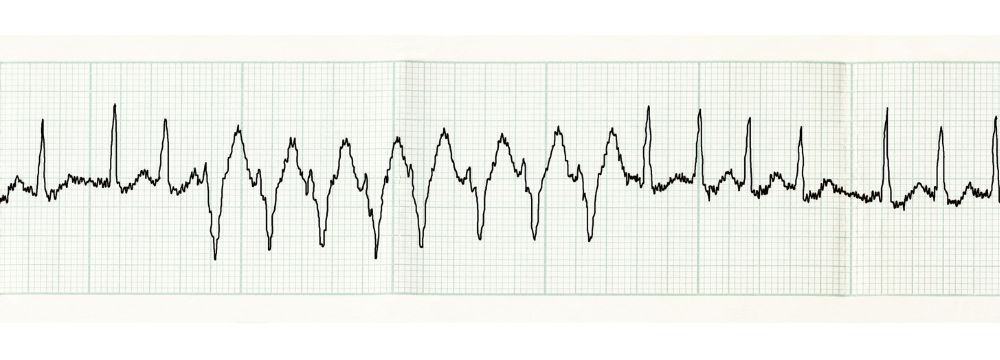The Choice Between Medication & an Afib Procedure
 As you have undoubtedly read elsewhere on this website, cardiac arrhythmias, particularly atrial fibrillation or Afib, are prevalent and only becoming more so as our population ages and our general health declines. It is estimated that upwards of 5 million Americans suffer from Afib, many of which are undiagnosed or ignored because they may be mild and paroxysmal (occasional). However, Afib is a leading risk factor for stroke. It also increases the likelihood of a heart attack, long-term cardiovascular deterioration, and congestive heart failure.
As you have undoubtedly read elsewhere on this website, cardiac arrhythmias, particularly atrial fibrillation or Afib, are prevalent and only becoming more so as our population ages and our general health declines. It is estimated that upwards of 5 million Americans suffer from Afib, many of which are undiagnosed or ignored because they may be mild and paroxysmal (occasional). However, Afib is a leading risk factor for stroke. It also increases the likelihood of a heart attack, long-term cardiovascular deterioration, and congestive heart failure.
It may be at your primary care physician’s office or ER when you are first diagnosed with Afib. And most patients will be started on medication such as antiarrhythmics and blood thinners. These medications are the first line of defense against the consequences of untreated Afib, but ultimately, they do not resolve the underlying electrical problems of the heart. In other words, Afib will likely return once the patient stops taking medication. Further, medical therapy is only effective in about 50% of patients. The other 50% may find that the side effects of these medications are significant enough to look for alternative treatments.
Significant advances in treating cardiovascular disease, Afib, and arrhythmias, in general, have transformed the electrophysiology landscape. We now have tools and techniques at our disposal that make the treatment of Afib safer and more effective than ever before while also treating the core of the problem – errant electrical signals of the heart.
Known as cardiac catheter ablation, these ablation procedures come in two variants: applying targeted heat (RF ablation) or using cold therapy (cryoablation). Both methods achieve the same goal of ablating or destroying this problematic heart tissue and bringing the heart back into sinus rhythm. To boot, catheter ablation is very safe and minimally invasive, meaning patients can often go home on the same day and return to regular activity within just a few days after the procedure.
As electrophysiologists, we always look to start with the least invasive and potentially most effective treatment option possible. This means that for most patients, medical therapy is the first course of action, along with lifestyle changes in the form of better hydration, a better diet, and more exercise. Some patients wish to handle their arrhythmias once and for all and opt to move directly toward the procedural options. These, too, can be appropriate courses of action if the patient qualifies and, in our determination, would benefit from an ablation.
Most importantly, it helps to diagnose the arrhythmia as early as possible. The diagnosis is not always straightforward, especially if the arrhythmia is paroxysmal/occasional. Regular EKGs may not be able to detect some arrhythmias, and you may require a more advanced form of monitoring in the form of a Holter monitor, event monitor, or loop recorder.
We look forward to helping you manage the symptoms and potential risks of cardiac arrhythmias using the latest technology. We encourage you to contact our office for a consultation with Dr. Moretta.